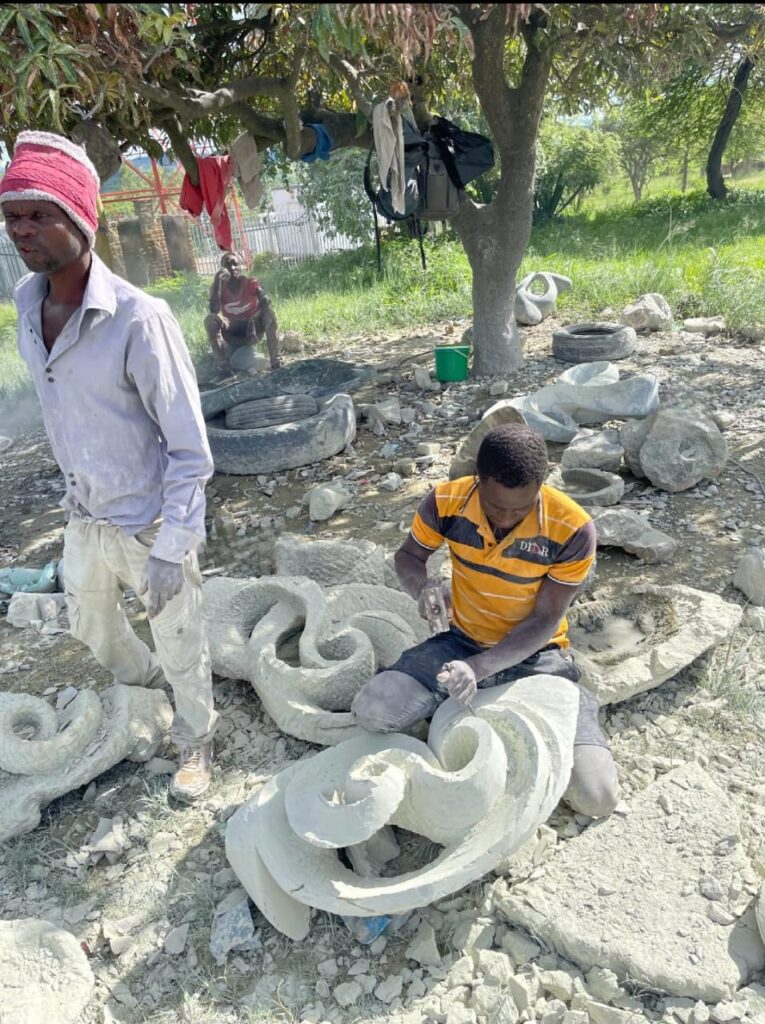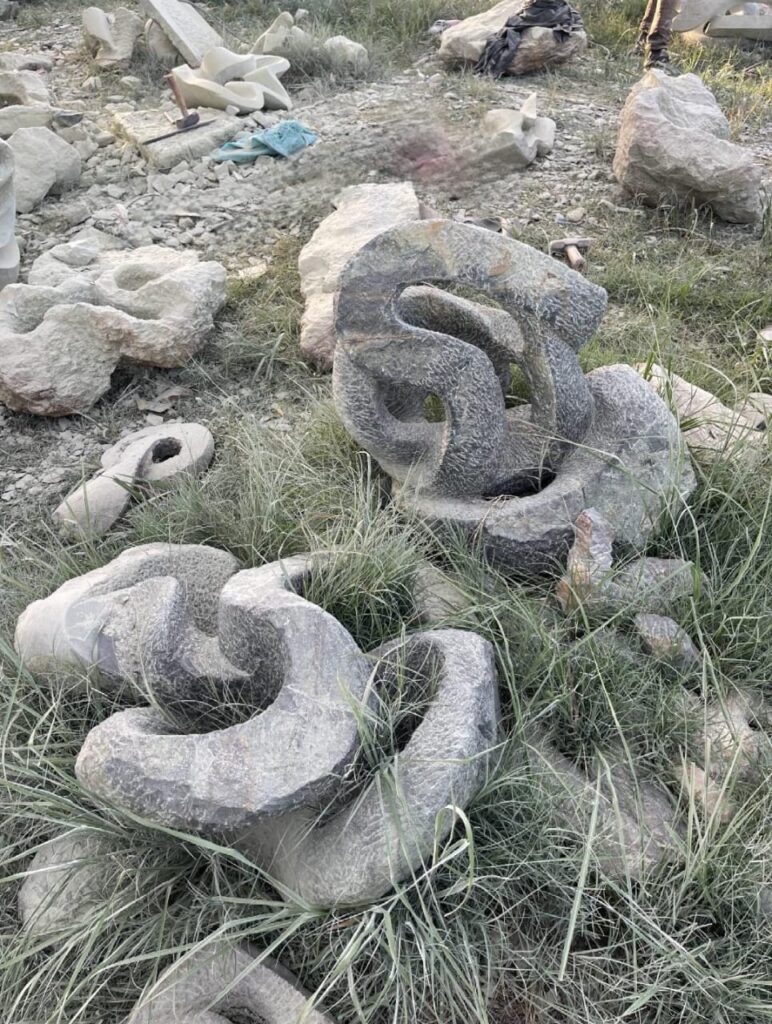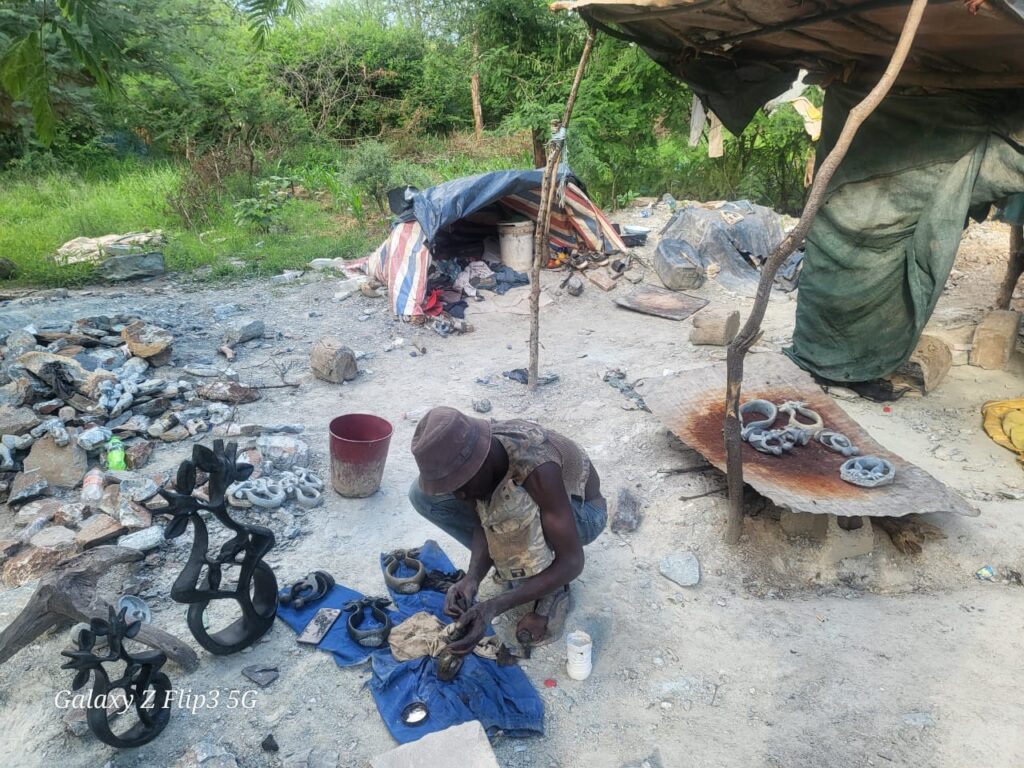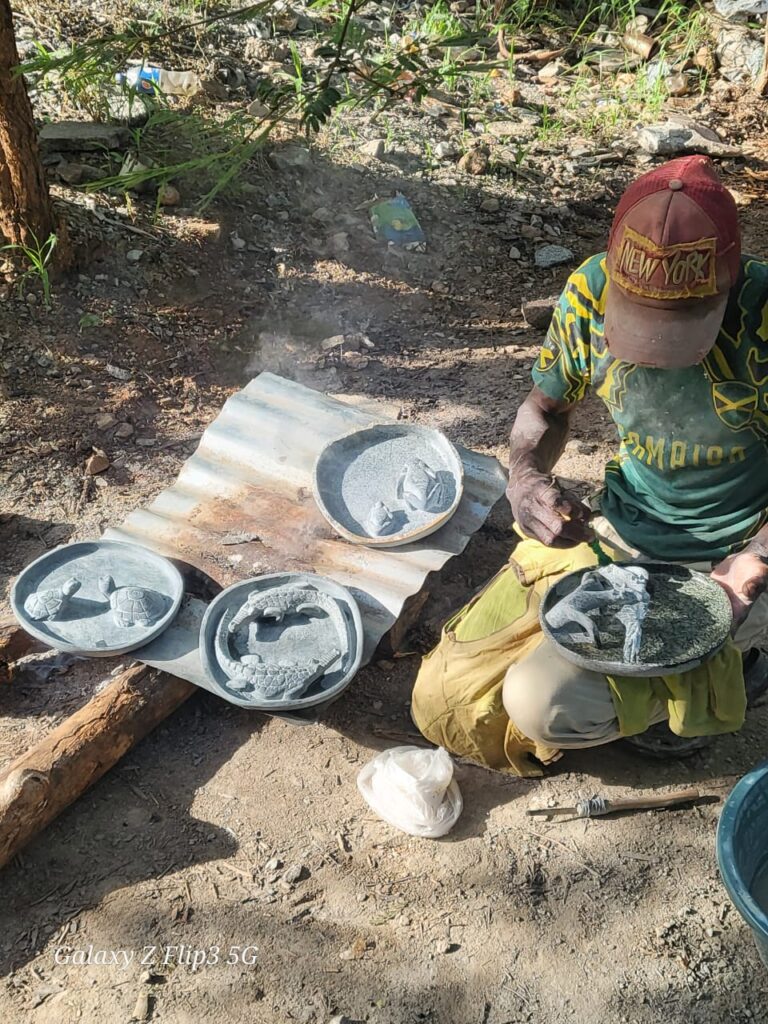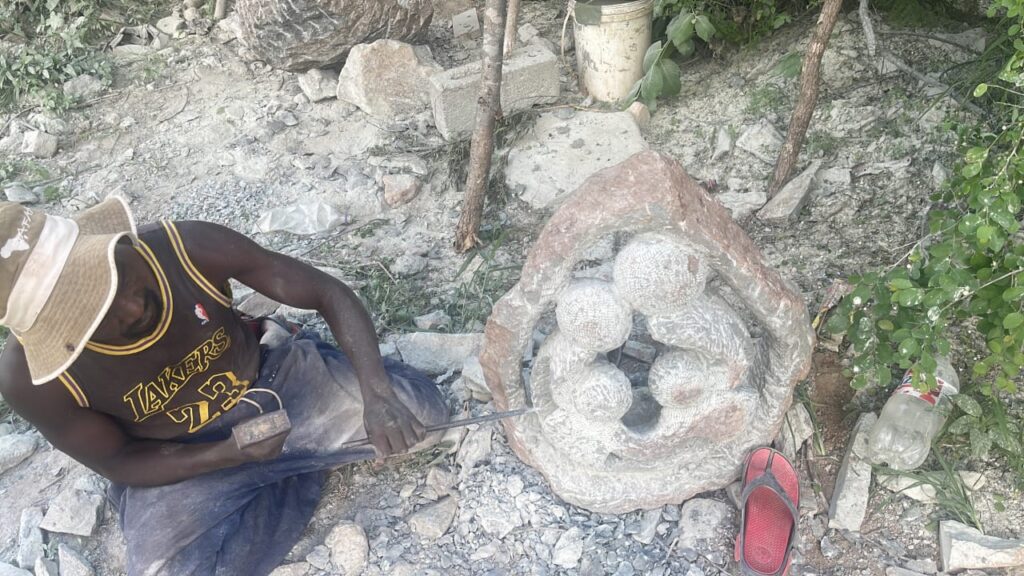Transforming Pain into Perfection
The Story Behind The Chisel
Culture in Stone was founded in 1999 by Hillary Manhuwe, a passionate and well talented Zimbabwean stone sculptor. He has collaborated with a number of artists around Zimbabwe to form a Community of talented and passionate artists,together these artists have formed the basis of Culture In Stone.The works of this Community of artist has been over the years,exhibited throughout England and Wales,Canada,USA,Asia,Africa and many countries across the Globe.These artist never attended any formal school of Arts,but have been gifted and born naturally to carve such beautiful sculptors.
The greater majority of these artist come from a blood-line of talented artists and have derived great inspiration,motivation and teaching from their fore fathers thus producing a generation of experienced and talented artists.The artists have to be so innovative to make sculptures using man-made hand tools and mastered the perfection of making such unique and lovely pieces


How The Stone Is Worked
Some sculptors find the form of their inspiration in the layers and shape of the rock; others work with predetermined goals in mind. The artists’ use chasing hammers, chisels, rasps and finally sandpaper (from rough to very fine water papers) for finishing. They often make their tools themselves. The highly polished finish is achieved by heating the stone near a wood fire and then, when it’s very hot, a colourless wax is painted on those parts of the stone the artist wants polished. Once the stone has cooled, these areas are buffed with a cloth to bring out the enormous range of flecks, speckles and colours in the stone. The artists explain that polishing always holds elements of surprise for them. Although they can read the stone’s colour in its unpolished state, there are subtleties that are only apparent once the stone is waxed.
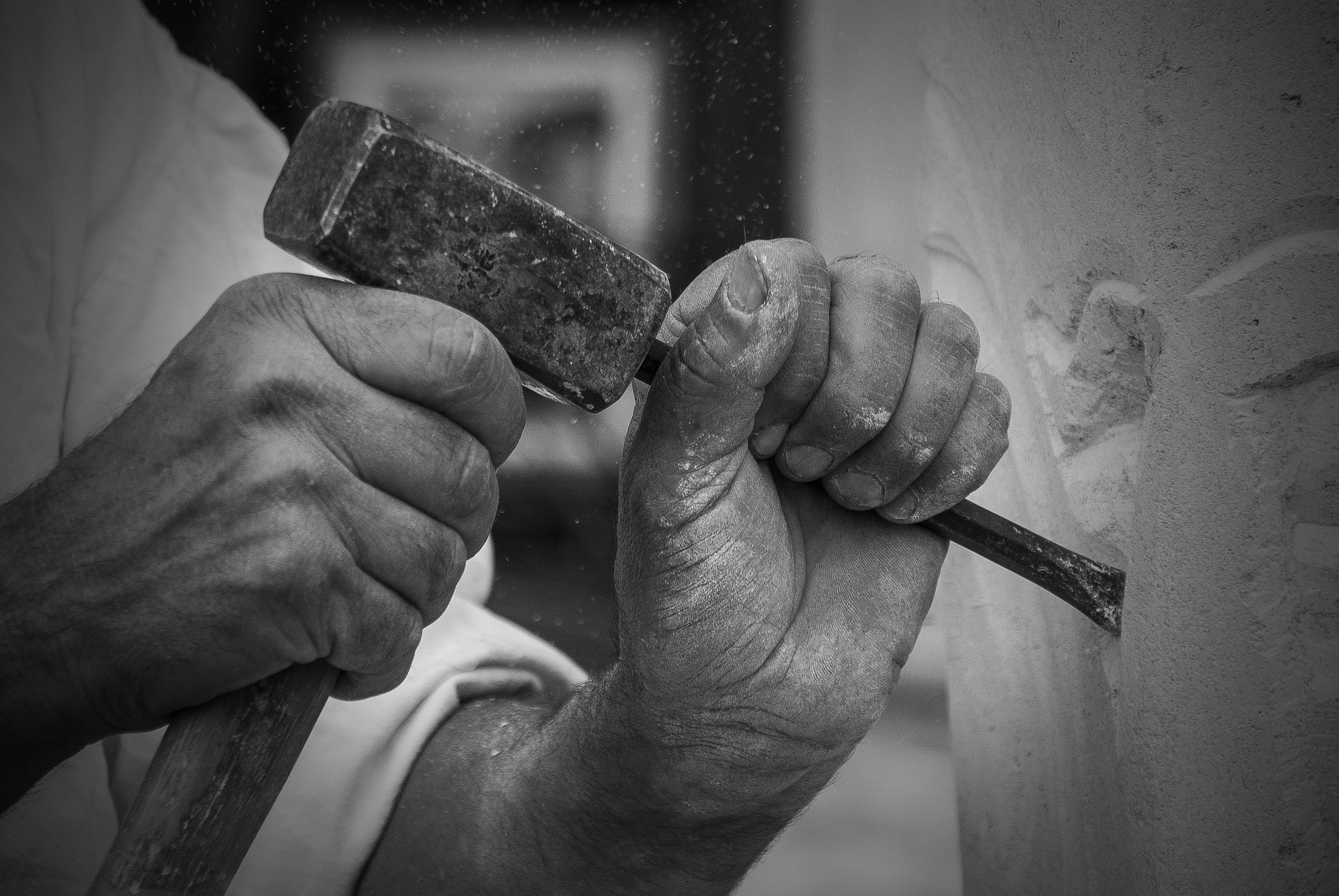
No power tools are used at any stage in the process. This is original, fine art created entirely by hand. The sculptors all work outdoors, creating and displaying their art in open-air studios. Sculpture parks are a favoured way of displaying work for sale and the country’s national galleries all have sculpture gardens or courtyards. This tradition of outdoor exhibitions for Shona sculpture has become very popular in many European countries, Australia and more recently in the U.S. These sculptures are suitable for both outside or indoors in everyone of our seasons. We work with Shona stone from different parts of Zimbabwe. The stone contains many rich colours and variations within it. Shona stone is named after the largest tribe engaged in sculpting stone in Zimbabwe, the only country on the African continent that has large deposits of serpentine stone suitable for sculpting. Serpentine stone is a metamorphic rock that exhibits a wide range of colors, including earthy browns, vibrant greens, deep blacks, and even occasional flashes of red and orange. This natural diversity adds a unique touch to every sculpture, making each piece a one-of-a-kind work of art. The Shona people have mastered the art of working with Shona stone, and their sculptures have gained international recognition for their exceptional craftsmanship and artistic expression. Shona artists skillfully transform blocks of stone into intricate sculptures that depict various subjects, such as animals, human figures, and abstract forms. These sculptures often convey powerful messages rooted in the Shona culture and traditions, showcasing the deep connection between art and life in Zimbabwe.
Raw Stone
Designing and Carving
Sanding and Washing
Transportation
Heating and Waxing


